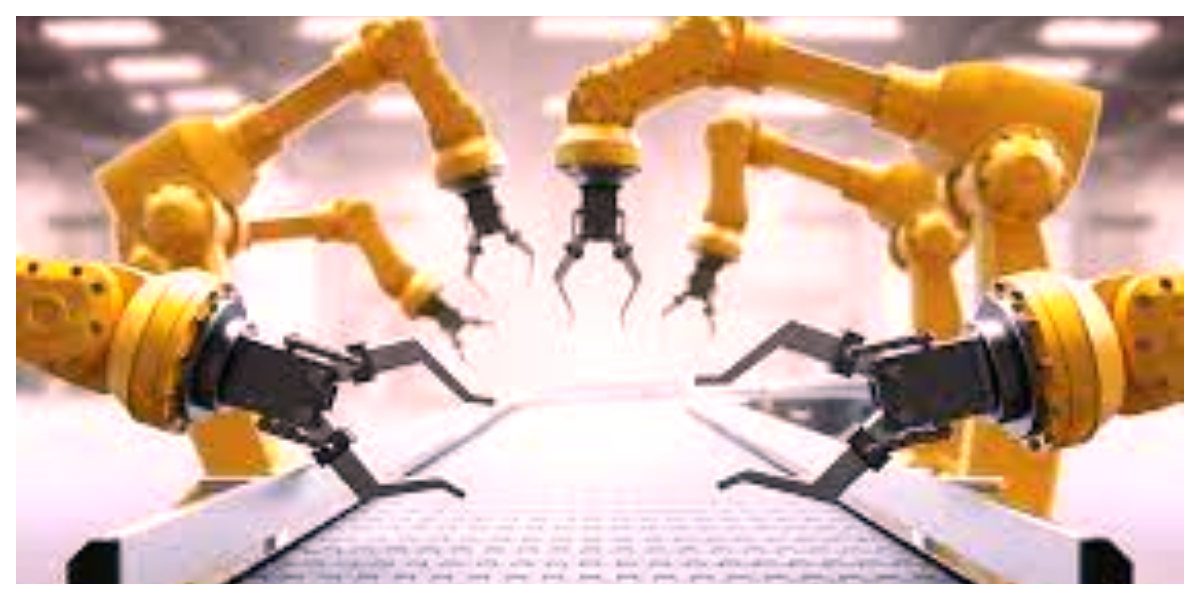Robotic arms that are linked to a man’s brain let him feed himself

European Space Agency develops robotic arm that will collect Martian soil(credits:google)
- Man without fingers makes dessert in 90 seconds.
- Johns Hopkins used BMI and modular prosthetics.
- Next-generation prosthetics may “see” phantom limbs.
Robotic arms with a fork and a knife flank a sitting man eating cake at a table. “Moving fork to food” and “retracting knife” are announced by a computer. Paralyzed, the man makes small hand motions at instructions like “choose cut position” so the machine slices off a bite-sized portion. Now: “bringing food to mouth” and aligning fork with mouth.
Read More: Advance Study
A 30-year-old man with limited upper body motion and no fingers made dessert in 90 seconds.
Johns Hopkins APL and PMR used a brain-machine interface (BMI) and modular prosthetic limbs.
BMI systems link the brain to a computer, which decodes neural signals to perform external activities like moving a cursor or eating cake. In this experiment, brain signals controlled prosthesis.
New strategy
15 years of APL and PMR research (DARPA). Prosthetics are managed mentally.
Dr. Francesco Tenore of APL claims this strategy combines BMI and robotics. Tenore specializes on neuroscience and neural interface.
This shared control approach incorporates BMI and robotics, says APL’s Dr. Francesco Tenore. Neuroscience and neural interfacing are Tenore’s specialties.
“Although our results are preliminary, we are excited about giving users with limited capability a true sense of control over increasingly intelligent assistive machines,” he added.
Providing help for those with disabilities
The study combines robot autonomy and human input to customize robots.
“Disabled humans need dexterous robots. Human-like dexterity requires robot skeletal control. We want consumers to easily regulate job-related factors.
Read More:Dubai hospital launches surgical robot to facilitate minimally invasive surgeries
Connecting the dots
After August 2020, APL and Johns Hopkins will continue displaying DARPA technology.
Next-generation prosthetics may use brain signals to “see” phantom limbs. Sensory feedback helps without frequent sights.
Bimanual activity is possible. Insufficient visual feedback.
Robotic arms connected to a man’s brain let him feed himself.
Read More News On
Catch all the Business News, Breaking News Event and Latest News Updates on The BOL News
Download The BOL News App to get the Daily News Update & Live News.